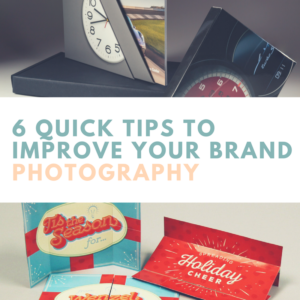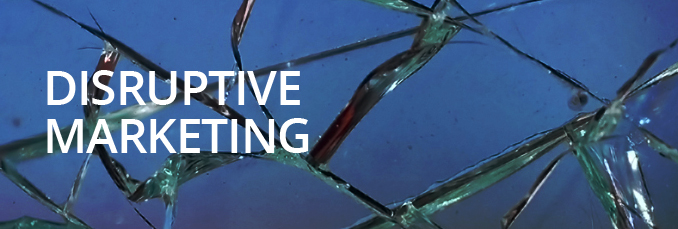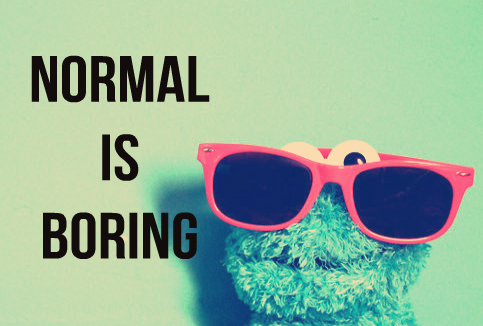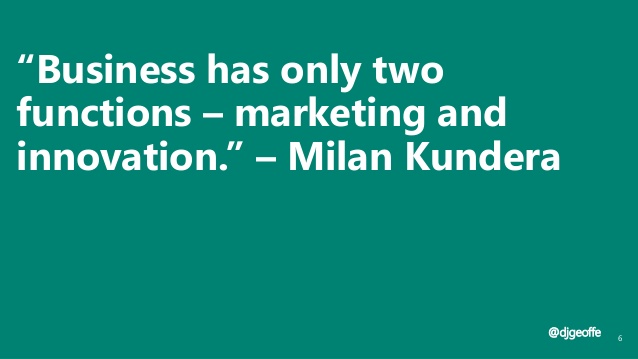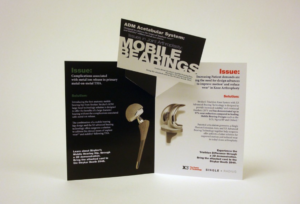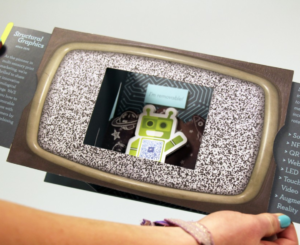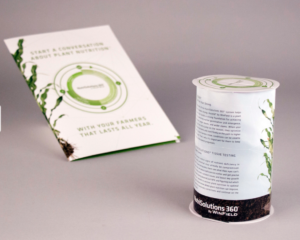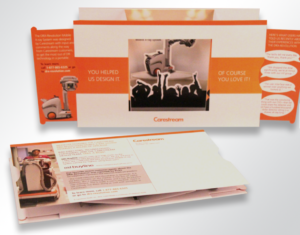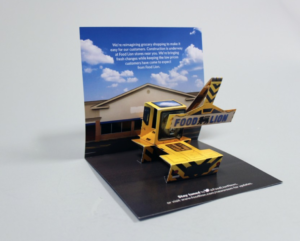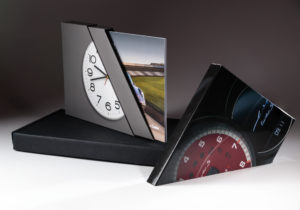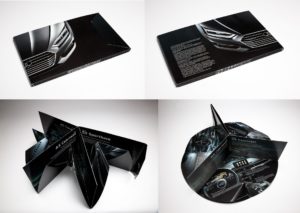As any good marketer knows, first impressions are everything.
So, when a prospective client visits your website, glances at your portfolio and determines whether or not they will hire you, you better make sure your product photography is on point.
Product photography is so important for countless reasons. Not only can it stimulate a general need for your product, but it also showcases its usefulness, significant features and quality. Following these six basic tips will help you to master both the technique and artistry of product photography – and ensure that you never lose a lead because of it.
1) Follow the light. Finding a good source of light is essential when it comes to photographing your products. To avoid adding unnecessary shadows to your image, keep things simple: shoot in a well-lit area, use natural light when possible and be mindful of objects like clouds that may cast unnecessary darkness.
2) Choose the right backdrop. Use your background to complement your product, not distract from it. When just starting out, opt for a simple, single-color backdrop. The purpose here is to let your product be the center of attention.
3) Consider the human element. Using models may or may not be useful for you, depending on what you are trying to sell/ photograph. Perhaps you are a jewelry company looking to promote your new selection of necklaces. Or maybe you’re looking to mentor young students. Evaluate whether or not a persona will be able to show the value of your product and effectively tell the story of your brand.
4) Show scale. Give your audience a sense of how big or small your product is. By placing the product next to a common object, you can showcase a point of difference or feature how easy it is to use.
5) Play with focus. No one wants to look at a gallery of static images. To create a more dynamic spread, consider honing in on the key points of your product and pulling it forward from the background using your camera’s focus. This is a great way to highlight the quality of your product as well as its usefulness, especially if you’re looking to compare your products with a competitor’s.
6) Tell a story. It may seem silly to think that a product photo can tell a story, but keeping this in the back of your mind will take your images from good to great. Instead of photographing your product in front of a white background, consider capturing it in use. Place it in its natural environment. Or capture someone’s reaction to it. There are countless ways to set your images, and thus your product, apart by creating or playing into the emotions of your audience.
